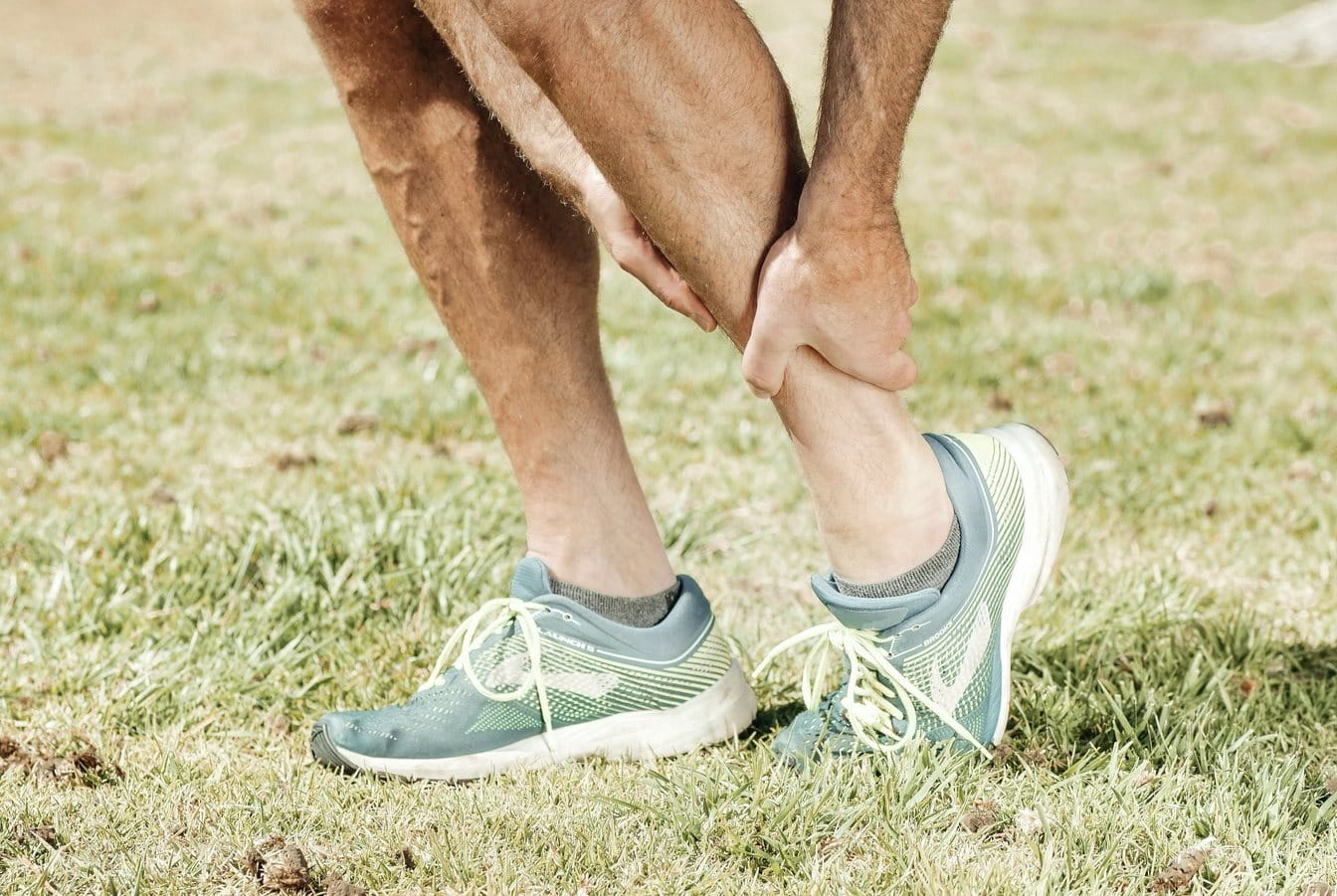Identifying knee pain could be as simple as knowing where the pain radiates from, but the cause of knee pain or the type of knee injury is more difficult to determine, particularly if the pain isn’t as a result of a direct impact or trauma.
Knee pain and problems are diagnosed by undertaking a series of tests and examinations, such as:
- X-ray
- Magnetic resonance imaging (MRI)
- Computed tomography scan (CT or CAT scan)
- Arthroscopy
- Radionuclide bone scan
- Physical examination of the knee affected
For knee pain and knee injuries related to activity, like a dislocation or ligament damage, it’s important to seek medical advice as soon as possible to ensure suitable treatment can be delivered, and to reduce the risk of long-term damage.



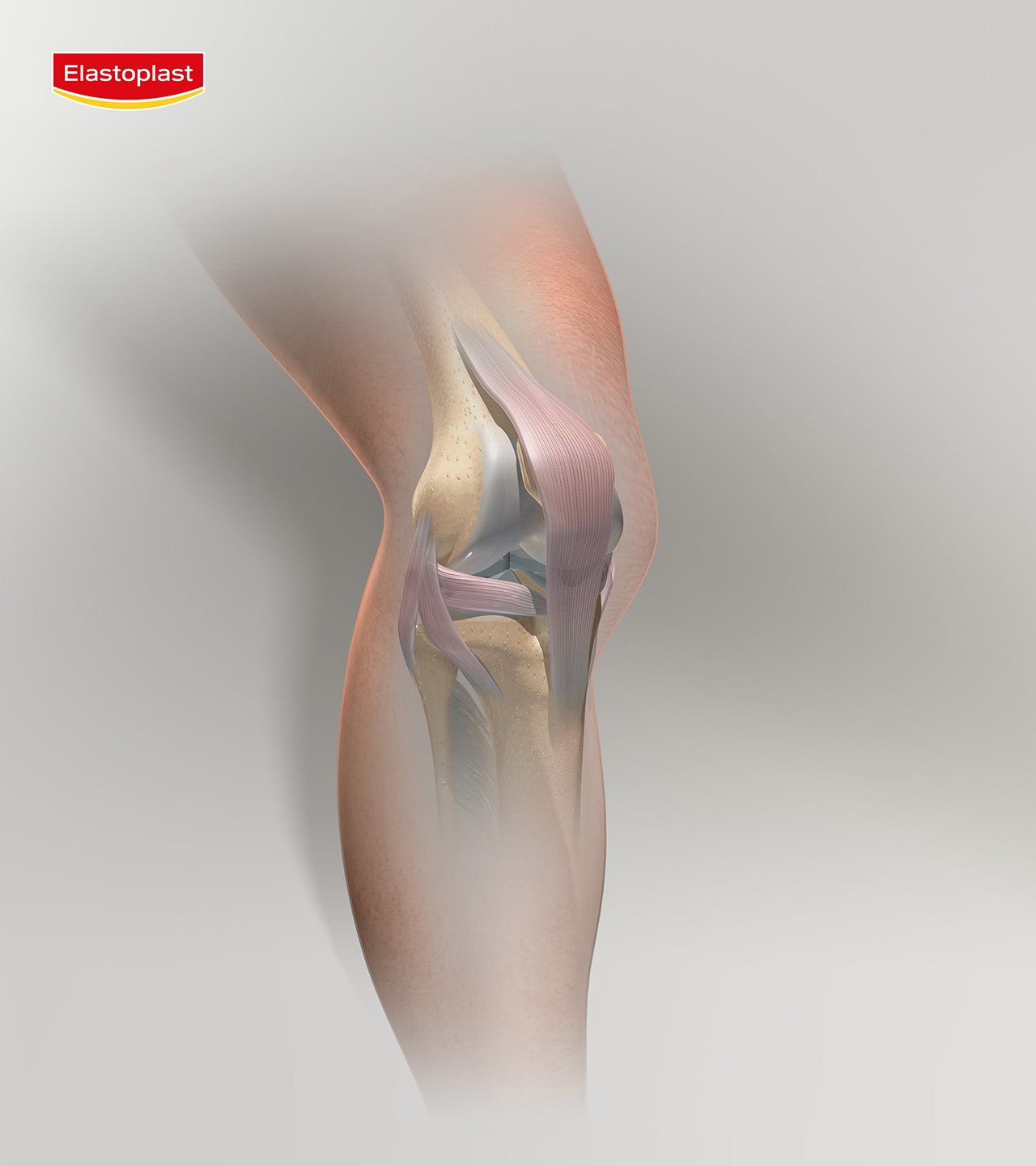
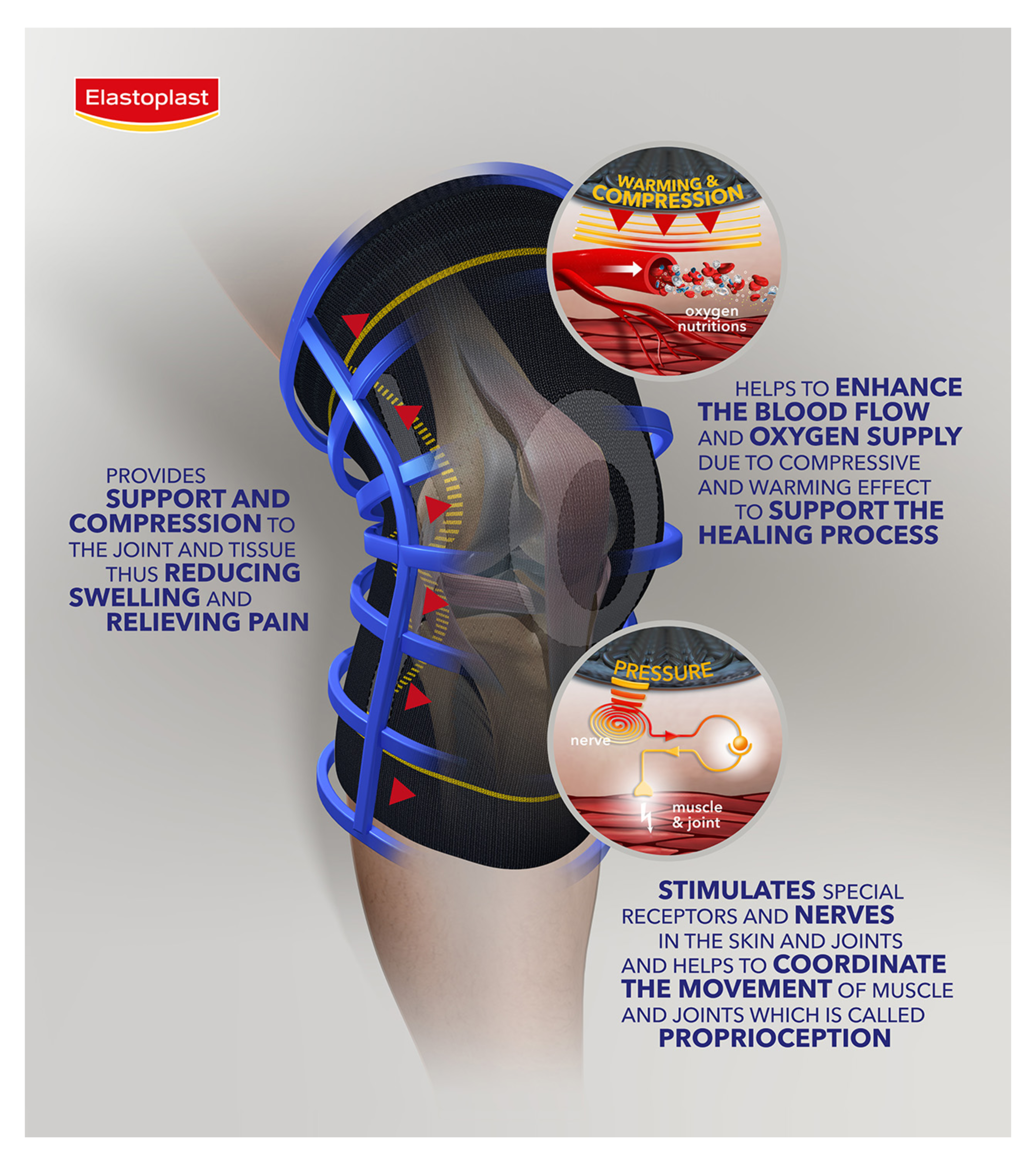
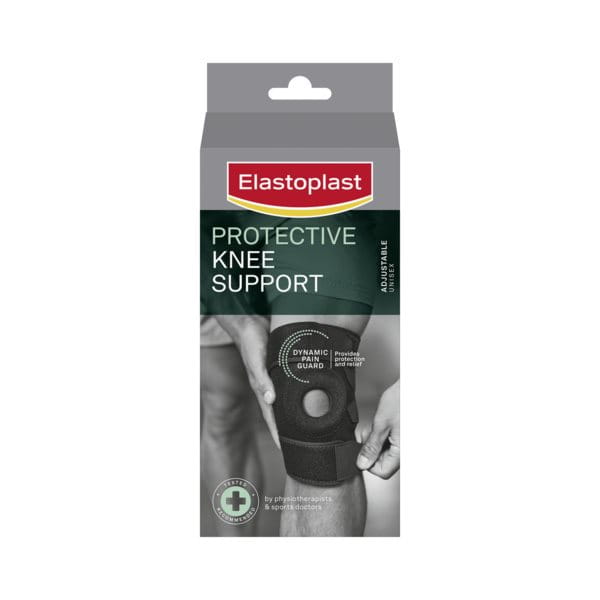
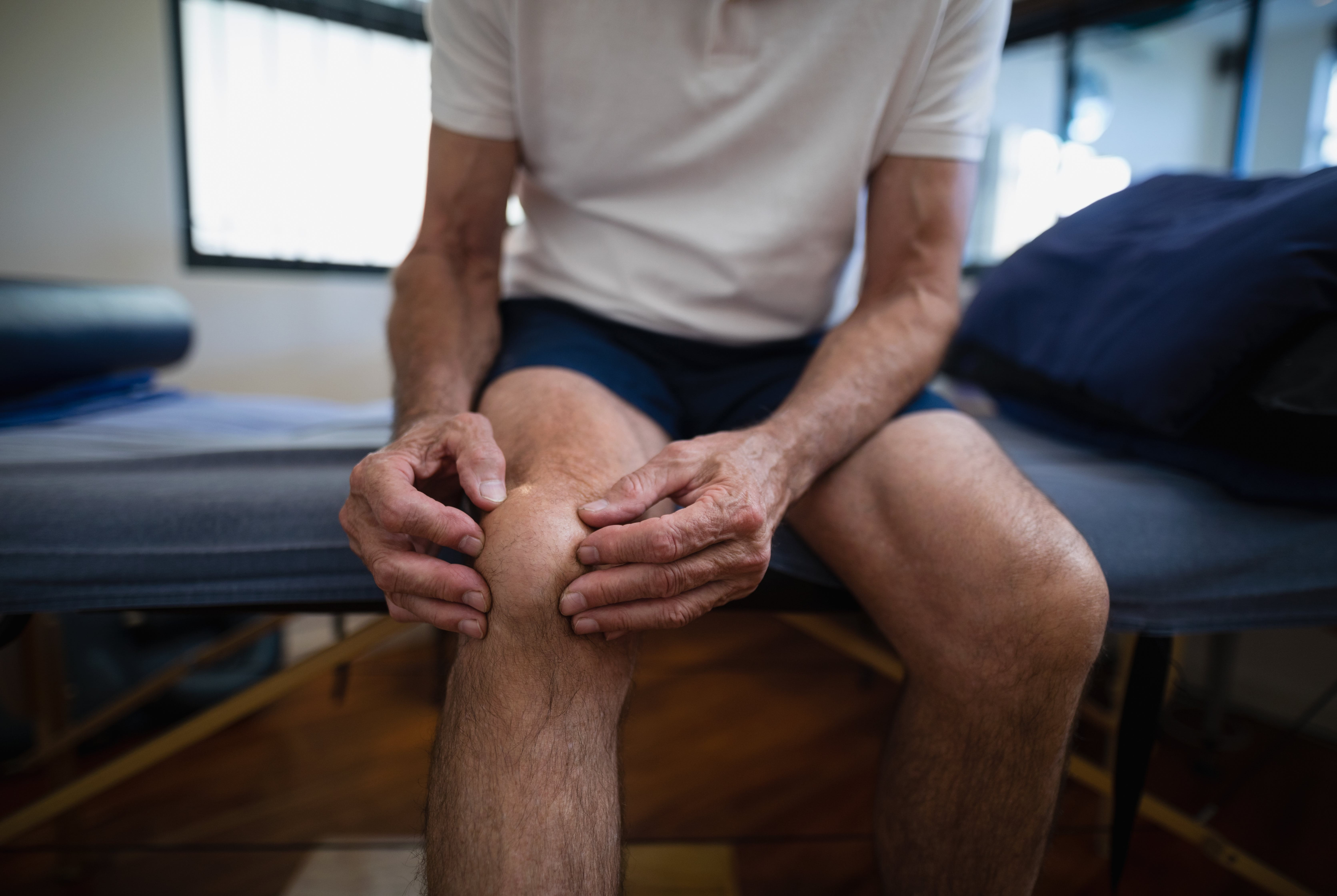
.jpg?rx=14&ry=0&rw=5731&rh=3840&hash=54FC27E9DDD4FA009580E615C2A13E3B)

